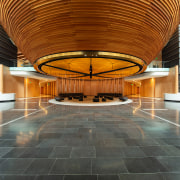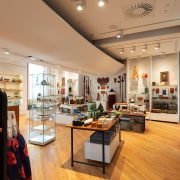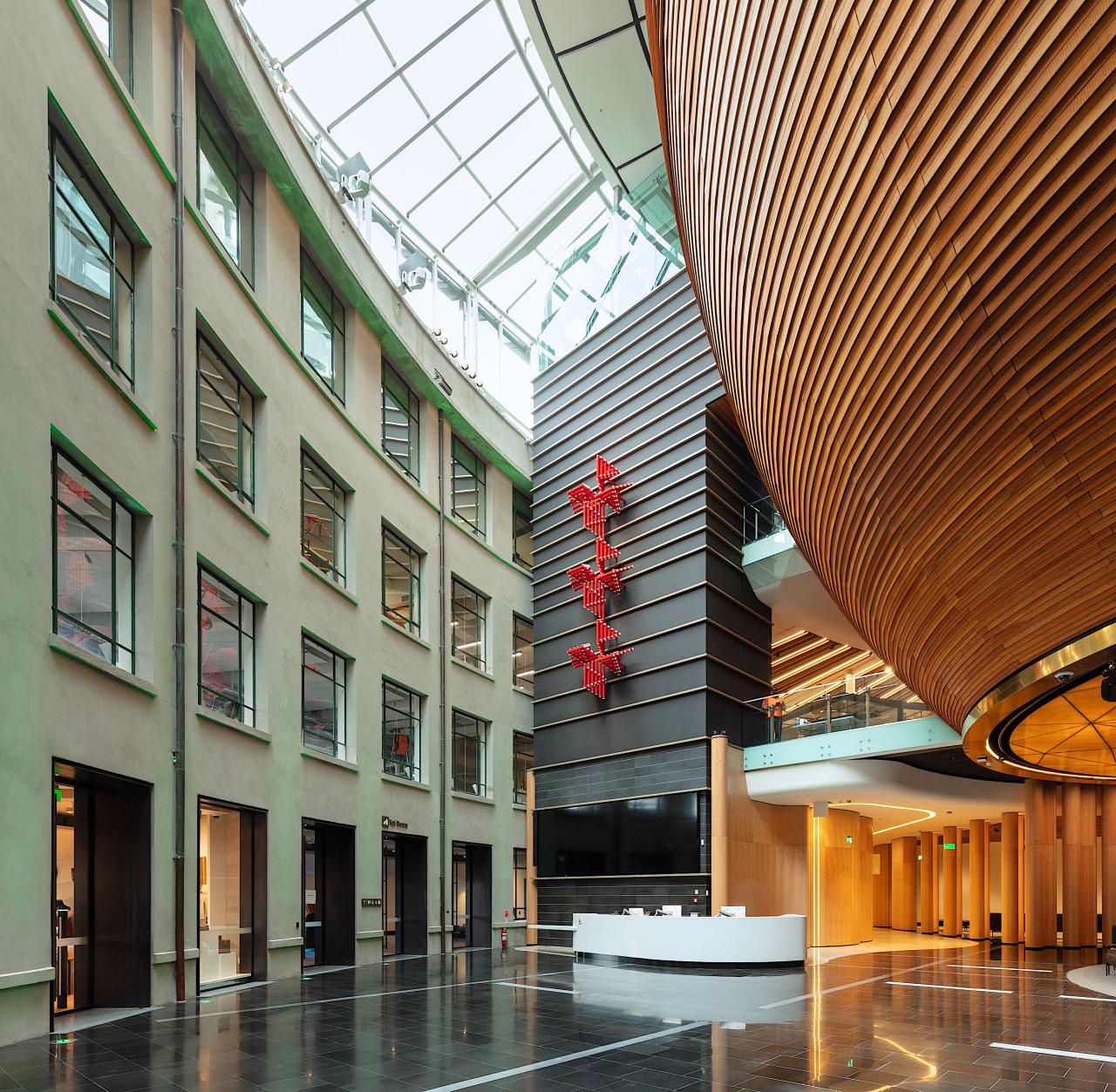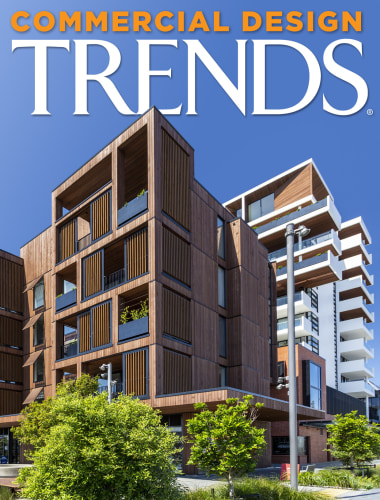Impressive double entry experience
With the latest redevelopment of its southern entry, Auckland War Memorial Museum now has two highly distinctive arrival processes – and a logical link between them
When the Auckland War Memorial Museum first opened back in 1929, Auckland architects Grierson, Aimer and Draffin took the obvious – and most dramatic – orientation for the building. Sitting on top of a hill in the Domain, the neo-classical front facade looks out on sweeping views of the city, Waitemata harbour and beyond.
An addition in the late 1950s to commemorate World War Two included an administration annexe with a large semi-circular courtyard added to the southern back of the building.
While this did create a secondary entrance to the museum, it wasn't until 2007 that the rear of the building took shape as a public entrance with a surprising re-imagining of the courtyard by architects Peddle Thorp in association with Noel Lane Architects and Salmond Reed.
Lane's copper dome turned the courtyard into an atrium space, inside which was a dramatic, suspended timber-clad, bowl – giving the museum an additional 9600m²of space, including a 700-person events centre within the bowl.
Now just opened, new work has further rationalised the atrium, turning what had felt like the back door to the museum into what the museum's chief executive Dr David Gaimster describes as a visually stunning arrival experience.
The refreshed Te Ao Mārama (South Atrium) – a collaboration between Jasmax, Design Tribe, Salmond Reed Architects and Australian firm FJMT – embodies one of the museum’s guiding principles: manaakitanga.
"As a space of arrival and cultural welcome, it provides a unique and explicit Mana Whenua welcome, emphasising the museum’s connection to the cultural landscape of Pukekawa while acknowledging the dynamic ancestral and contemporary connections of Tāmaki Makaurau to the wider Moana Pacific," says Dr Gaimster.
The bowl (Tanoa) installed in 2006 is now fully realised as a circular bowl suspended over the new bicultural welcome space, with its underside covered with stretched Barrisol fabric and LED-backlit.
Three artworks were commissioned for the reopening, to honour the connections between mana whenua and Pasifika and, in doing so, uplift the mana of Te Ao Mārama.
In the entrance to Te Ao Mārama, artist Graham Tipene's Te Tatau Kaitiaki (The Guardians Gateway) has been inserted into two doors attached to the pillars that visitors move through as they enter and exit the space. The piece has a ceremonial role to play as part of the overarching tikanga of the space, and depicts two female figures, embodying the traditional voice of karanga or welcome.
The wāhi whakanoa by artist Chris Bailey will enable tikanga practice of whakanoa to be carried out, a vital and important element for the Museum. Sculpted from stone the wāhi whakanoa is a place where people are able to make themselves noa (common) after potentially coming into contact with taonga that are tapu.
On the ‘legs’ of the Tanoa are twin artworks, Manulua, by Tongan artist Sopolemalama Filipe Tohi. These sculptures are based on an ancient practice lalava (lashing) used across the Pacific in traditional Island buildings, tools and vaka (canoe) as the means of binding together, symbolising the unity of all things past, present and future.
The redevelopment does not stop there.
Visitors can also visit a new Museum Store designed by Ignite Architects, a museum bistro and café Tuitui by architect Jack McKinney, a Kai Room for guests who choose to self-cater on their visit, and increased amenities such as toilets, change facilities and lockers.
In another subtle but significant change, two corridors behind the Tanoa now lead directly from the atrium to the Maori Court, the prominent display in the original museum building.
This greatly improves circulation between the north and south ends, which previously involved a somewhat confusing pathway wending through various exhibitions.
“We are confident that the transformation of Te Ao Mārama will both surprise and delight Aucklanders and visitors to the city,” Dr Gaimster concludes.
“It offers new opportunities for audience engagement, activation, and performance, and will be a destination in its own right within Auckland’s much-loved iconic building.”
Designed by: Jasmax, Design Tribe, Salmond Reed Architects, FJMT
Story by: Paul Taylor
Photography by: Dennis Radermacher, Lightforge; Richard Ng
Home kitchen bathroom commercial design
Diving into nature
Classic looks, contemporary efficiency
Personality plus
Commercial Design Trends Vol. 34/3C
While apartment living has always been prevalent in some cities, there are others where it is still a developing accommo...
Read More














